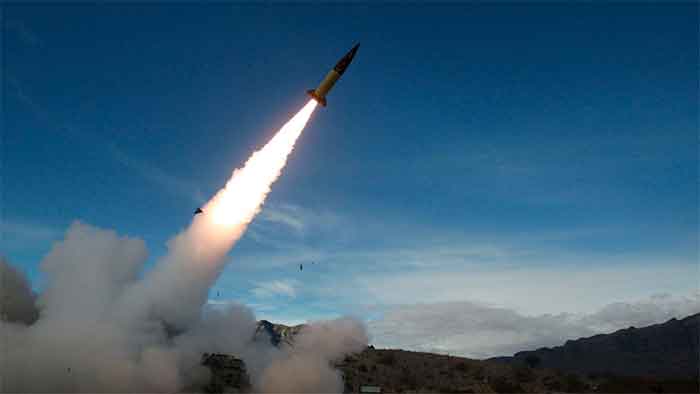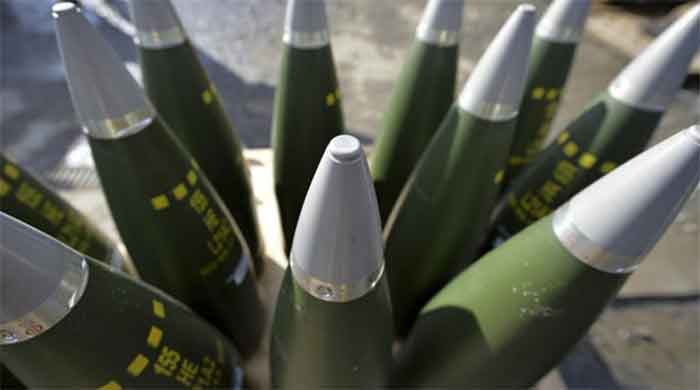
“We have 56 ships under construction and another 76 that are under contract,” said Admiral Michael M. Gilday.
The move is part of a plan by the US navy to have a total of 373 manned and 150 unmanned ships, up from 296 this year.
Opening the hearing, Democratic Committee Chairman Jon Tester declared that “China remains our number one pacing threat, we must continue to modernize our military to stay ahead of that threat.”
Earlier this month, Congressman Mike Gallagher said the United States’ “competition” with China will not be “polite,” describing the US conflict with China as an “existential struggle over what life will look like in the 21st century.”
He later added, “If you think about what a coherent grand strategy vis a vis China would be, hard power would be the most important part of that and the Navy would be the most important component of your hard power investments.”
China currently has two operational aircraft carriers, both of which are diesel-fueled. In contrast, the United States has a fleet of 11 nuclear-powered aircraft carriers, which can carry more than 1,000 attack aircraft, exceeding the combined number of attack aircraft carried by all other nations’ navies.
The Navy’s budget for the fiscal year 2024 exceeds $250 billion, representing an increase of $11 billion from the previous year. It sets aside $32.8 billion in Fiscal Year 2024 for the acquisition of nine ships. These ships include one Columbia-class ballistic missile submarine, two Virginia-class attack submarines, two Arleigh Burke-class destroyers, two Constellation-class frigates.
In fiscal year 2025, the Navy plans to purchase seven more vessels, which includes two submarines, two destroyers, one frigate, one ocean surveillance ship and its initial Landing Ship Medium.
“We are modernizing our capabilities, ensuring that our forces today stay combat ready now and into the future… we’re continuing to build our capacity, ensuring that we have relevant lethal platforms to achieve warfighting advantage,” Gilday said at the hearing.
General David H. Berger, Commandant of the Marine Corps added, “We’re not waiting for 2030 or 2027 or 2025. Our Marines are ready to handle any crisis anywhere now.”
As the United States actively builds up its navy for a conflict with China, US military officials are openly discussing what a naval war with China would look like.
In an interview with “60 Minutes” last week, Admiral Samuel J. Paparo, head of the US Pacific Fleet, said that if China were to invade Taiwan, “the bulk of the United States Navy will be deployed rapidly to the Western Pacific to come to the aid of Taiwan. If the order comes to aid Taiwan in thwarting that invasion is the US Navy ready?
He added, “the Navy is always on alert. 1/3 of the Navy is always deployed and operating at all times. The Navy’s mustering right now about 300 ships, and there are about 100 ships at sea right now all around the globe.”
Beyond merely expanding and modernizing the Navy, the Biden administration has used the war in Ukraine as a pretext for the implementation of multi-year, no-bid arms procurement contracts that will massively expand the US arsenal.
“Ukraine’s war has taught us that we must transition from just in time stockpiles of weapons and munitions to just in case stockpiles,” Republican Senator Susan Collins said at the hearing.
A signal is “being sent by the department of defense that we will be purchasing these missiles for a long period of time,” said Navy Secretary Carlos Del Toro.
“Our industrial base can’t be just in time, if we have to go to a conflict. We got to… have the depth in that industrial base to account for a big surge,” Berger said.
In January, Air Force Gen. Michael Minihan told his command that he anticipates the US to engage in warfare with China by 2025. He stated, “My gut tells me we will fight in 2025,” and recommended that airmen under his command prepare themselves for war by getting their “personal affairs” in order.
On March 11, Director of National Intelligence Avril Haines, said that President Biden’s declaration that the US would go to war with China over Taiwan was not simply the president’s individual belief, but rather an actual policy of the United States.
Originally published in WSWS.org














































